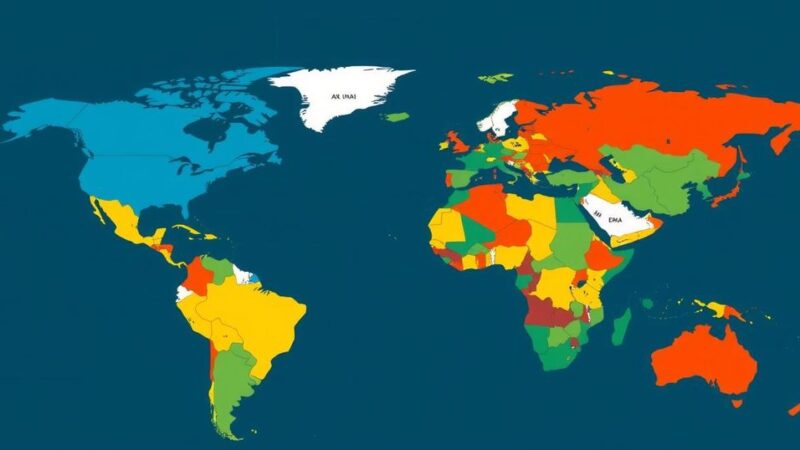A model from Duke University shows that the El Niño oscillation has existed for over 250 million years, often exhibiting greater intensity than seen today. The study reveals that historical temperature swings were influenced by varying ocean thermal structures and atmospheric wind patterns and emphasizes the relevance of understanding past climates to predict future climate scenarios.
Recent modeling studies reveal that the significant weather-altering El Niño oscillation, known for creating warm ocean water in the tropical Pacific, has existed for at least 250 million years. Conducted by researchers from Duke University, this study shows that the oscillation’s intensity was greater in the past compared to modern observations. Published in the Proceedings of the National Academy of Sciences on October 21, the research highlights that El Niño and its counterpart La Niña significantly affected climate patterns even when continental positions were markedly different from today. The investigation utilized sophisticated climate modeling tools, similar to those employed by the Intergovernmental Panel on Climate Change (IPCC), but approached the data in reverse by examining historical periods. Due to the complexity of modeling such vast temporal spans, the researchers analyzed 10-million-year intervals over 26 periods. Their findings suggest that while ancient solar radiation levels fluctuated, an excess of CO₂ resulted in warmer atmospheric and oceanic conditions. According to Shineng Hu, an assistant professor at Duke’s Nicholas School of the Environment, “In each experiment, we see active El Niño Southern Oscillation, and it’s almost all stronger than what we have now, some way stronger, some slightly stronger.” The study indicates that two pivotal factors influencing the magnitude of these oscillations were the ocean’s thermal structure and variations in atmospheric wind patterns, an area that has not received adequate attention in previous research. Hu further elaborated on the complexity of these interactions by likening the oscillation’s dynamics to a pendulum influenced by “atmospheric noise—the winds—[that] can act just like a random kick to this pendulum.” The implications of this research underscore the necessity of understanding historical climate conditions to make accurate predictions about future climate scenarios. In essence, capturing the historical context of climate phenomena like El Niño is vital for improving future climate models, as stated by Hu: “If we want to have a more reliable future projection, we need to understand past climates first.”
The El Niño Southern Oscillation (ENSO) is a critical climate phenomenon characterized by variations in ocean temperatures and wind patterns in the tropical Pacific. It has far-reaching impacts on global weather, influencing rainfall distribution, droughts, and even cyclonic activities across various regions. Understanding its long-term patterns and historical presence offers insights into contemporary climate challenges. This study brings to light the longevity of the El Niño oscillation and its historical significance, emphasizing the effects of Earth’s geology and atmospheric conditions on climate variability over millions of years.
This extensive study demonstrates that the El Niño oscillation, which significantly impacts global weather patterns, has been active for at least 250 million years. The variations in its intensity over geological time frames, coupled with past atmospheric and oceanic conditions, reveal the complex interactions that influence climate. As researchers strive to improve future climate predictions, understanding these long-term oscillation patterns proves essential, reinforcing the adage that past climates inform future climatology.
Original Source: phys.org






